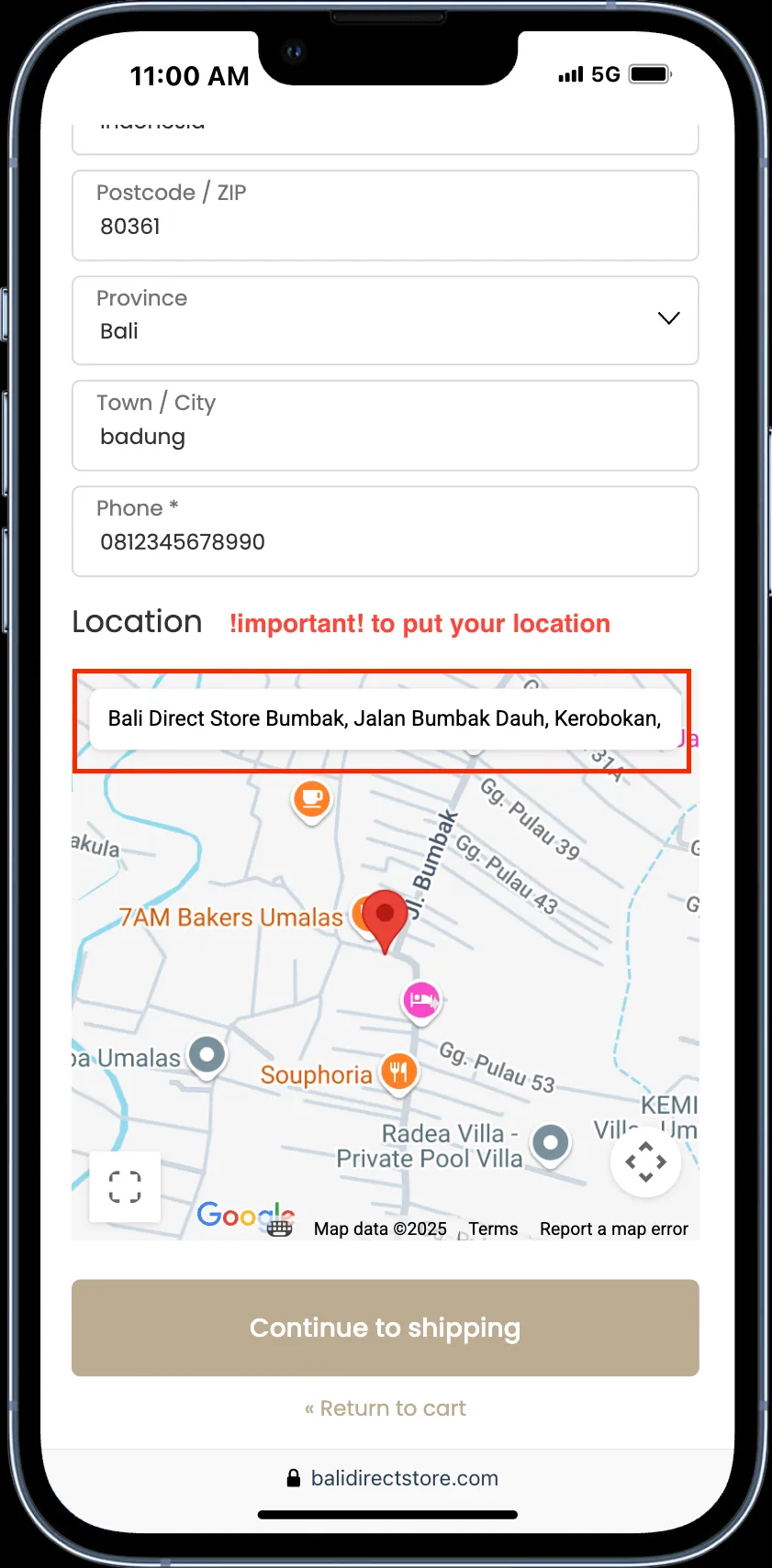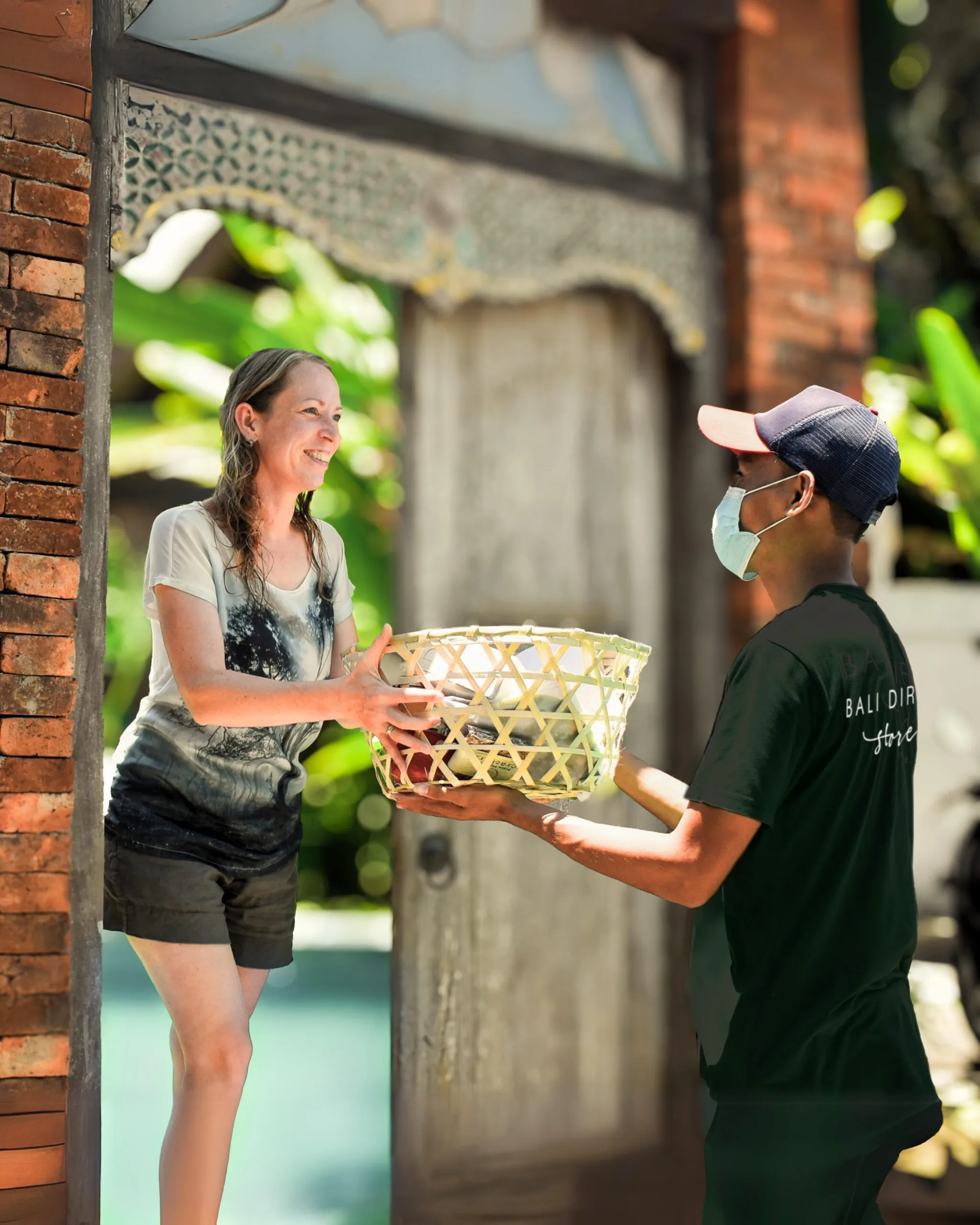Origin and Cultivation of Fruits and Vegetables
Update July 3rd 2024
We provide fresh produce that is local, organic when possible, with a pledge to be transparent about how and from where we source our fresh produce. Our website has details of origin and production methods for all of our products.
Local. We source 98% of our fresh produce from Bali. Exceptions are Fuji Apple, Red Apple, Pears and Kiwi which are in high demand from customers and not available in Bali.
Organic. On average 55% of our fresh produce is organic. Our organic supply changes with the seasons and with other environmental and economic factors. Organic refers to food produced without the use of chemical fertilizers, pesticides or other artificial agents. We have a network of organic suppliers and are constantly on the look-out for more. These include growers who use principles of regenerative agriculture and permaculture.
Our Pledge. If we do not have it an organic supply of a particular vegetable or fruit, it is unlikely to be available on Bali. We are always on the look-out for new growers of organic vegetables. If a vegetable on our website is listed as non-organic it is because an organic variety is not available in Bali. It’s a big claim but we will put it out there. If you can show us that we are wrong, or even better point us to a potential supplier, we will eat our words and as a thanks gift you a basket of organic vegetables.
Hydroponic and Natural. On average 32% of our fresh produce is hydroponic or natural. This description refers to produce that do not require pesticides and fertilizers to grow but where the description ‘organic’ does not adequately describe cultivation methods. Apart from the produce from our hydroponic suppliers, products in this category include coconuts, baby banana, sweet potato and galangal.
Good Agricultural Practice. We have a background in agricultural supply chains and have worked on government funded horticultural projects in Bali intended to promote Good Agricultural Practice and Climate Smart Agriculture. We are therefore able to promote local produce that conform to Good Agricultural Practice which include proper use of pesticides and fertilizers, soil health management, water conservation and proper waste management. It’s not organic, but it is a step-up.
Non-Organic. On average 14% of our produce is non-organic. We have no control over the 2% that is imported (all fruit). The rest is local and we do our best to ensure that we source from suppliers that follow Good Agricultural Practice principles. Due to high demand the non-organic category includes some customer favorites such as broccoli (sometimes), cabbage, baby romaine, peppers, zucchini, potato, onion and garlic.
Hyper-Local. There are a number of fruits and vegetables indigenous to Bali that grow either wild or naturally. These are plants that are abundant and ‘want to grow.’ Here are some examples: water spinach, moringa, winged bean, bitter gourd, amaranth, banana flower, ice-cream bean, fern. Are you interested in going hyper-local? Let us know.










